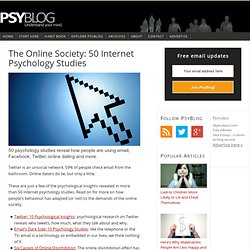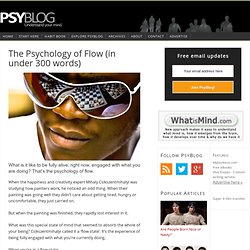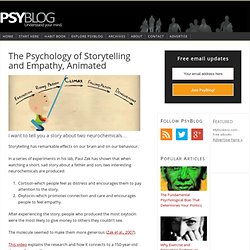

The Future of Our World. Information is Beautiful. A Taxonomy of Ideas? Doesn't matter how many times I see this, it always blows my mind. 20 Gifs That Explain How Things Work ‹ FREEYORK. Sometimes you just need an image to help you understand something.

And if that image is in motion and shows you something that you otherwise would never see, all the better. Below is a set of animated gifs that show us how certain things work. What happens when we swallow. How keys and locks work. How ants walk. This gif shows the development of the human face in the womb. How a ladybug flies. How small the earth would be compared to NML Cygni, the largest known star How dandelion grows. How beautiful music is produced in a trumpet. All Pictures.
Internet Psychology. 50 psychology studies reveal how people are using email, Facebook, Twitter, online dating and more.

Twitter is an unsocial network. 59% of people check email from the bathroom. Online daters do lie, but only a little. These are just a few of the psychological insights revealed in more than 50 internet psychology studies. Read on for more on how people’s behaviour has adapted (or not) to the demands of the online society. Image credit: Darren Hester. Psychology studies relevant to everyday life from PsyBlog. Brain Tricks - This Is How Your Brain Works. The Psychology of Flow (in under 300 words) What is it like to be fully alive, right now, engaged with what you are doing?

That’s the psychology of flow. When the happiness and creativity expert Mihaly Csikszentmihalyi was studying how painters work, he noticed an odd thing. When their painting was going well they didn’t care about getting tired, hungry or uncomfortable, they just carried on. But when the painting was finished, they rapidly lost interest in it. What was this special state of mind that seemed to absorb the whole of your being? When you’re in a flow state: an hour can pass in the blink of an eye,you feel what you are doing is important,you’re not self-conscious,action and awareness merges,you feel in full control,and the experience is intrinsically rewarding. To create a flow experience, you need: The experience of flow has been studied amongst surgeons, writers, artists, scientists, athletes and people just socialising and playing games. It’s not always easy to achieve but being in a state of flow is a beautiful thing.
7 More Psychological Techniques. Trying to make connections?

Here are seven more research-based techniques to increase creativity. “Creativity can solve almost any problem. The creative act, the defeat of habit by originality overcomes everything.” ~George Lois Following on from a previous article on how to be creative, which had a tremendous response, here are another 7 techniques for breaking through a creative block. 1. Conjuring up what might have been gives a powerful boost to creativity.
Markman et al. (2007) found that using counterfactuals (what might have happened but didn’t) sometimes doubled people’s creativity. Analytical problems are best tackled with a subtractive mind-set: thinking about what could have been taken away from the situation.Expansive problems benefited most from an additive counterfactual mind-set: thinking about what could have been added to the situation. 2. People solve many problems analogically: by recalling a similar old one and applying the same, or similar solution. The Psychology of Storytelling and Empathy, Animated. I want to tell you a story about two neurochemicals… Storytelling has remarkable effects on our brain and on our behaviour.

In a series of experiments in his lab, Paul Zak has shown that when watching a short, sad story about a father and son, two interesting neurochemicals are produced: Cortisol–which people feel as distress and encourages them to pay attention to the story.Oxytocin–which promotes connection and care and encourages people to feel empathy.
After experiencing the story, people who produced the most oxytocin were the most likely to give money to others they couldn’t see. The molecule seemed to make them more generous (Zak et al., 2007). This video explains the research and how it connects to a 150-year-old theory of storytelling: Stories without key elements–including a climax and denouement–do not engage the brain in the same way. Oxytocin doesn’t just make us more generous, though, it’s effects can be harnessed for less noble purposes. Zak said:
The Brain. Athene's Theory of Everything. God is in The Neurons. The Afterlife Dysfunction. 9:30 Neuro-Awareness: The Real Secret. Children and adults. Gamification. Code. Creativity.